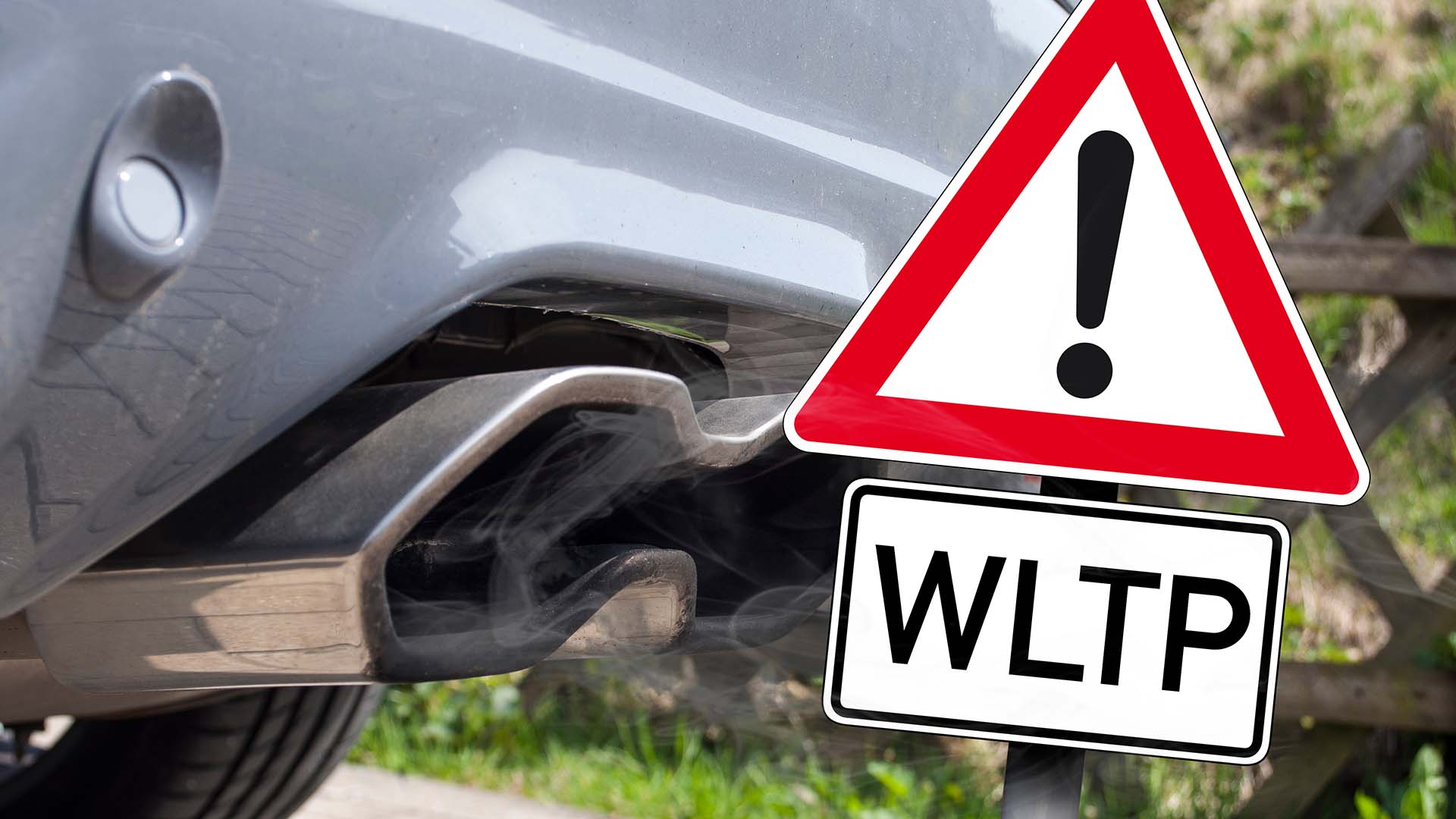Range is a key consideration when buying an electric car. Knowing how far you can drive on a full charge may ease any lingering ‘range anxiety’ you have.
All new electric cars have an official range in miles that is quoted by the manufacturer. This is the figure that, with careful driving, you should expect to achieve. However, there are a number of factors that can eat away at those quoted miles.
Before we explore the many variables, it’s worth a brief look at how the range of electric cars is calculated.
The WLTP test

The Worldwide Harmonised Light Vehicle Test Procedure (WLTP) is the officially approved way of measuring fuel consumption, electric range and carbon dioxide (CO2) emissions for new cars. The figures have to be quoted for all cars registered after January 2019.
The WLTP test cycle was developed using real driving data from around the world – so it’s relatively realistic – certainly more so than the previous New European Driving Cycle (NEDC) test.
For an electric car, the battery must be fully charged at the start of the bench test. Immediately afterwards, engineers reconnect the car to a charger using a cable equipped with an electric meter.
The figures offer a level-playing-field comparison between electric cars. They should still be used as a guide, though – you will need to adjust your driving habits to achieve the quoted range. Furthermore, some influencing factors are out of your control.
Factors that affect electric car range

You can expect to achieve anywhere between 100 and 450 miles from a single charge, depending on the electric car you own. For example, a Seat Mii Electric offers a claimed 160 miles of electric range, while the Mercedes-Benz EQS could manage as much as 453 miles.
How close you get to those figures comes down to the following factors:
- Temperature – Cold weather can slash electric range by around 40 percent. Tests in the USA also found high temperatures can have a negative impact on EV range
- Speed – The faster you drive, the more energy you will consume
- Load – If you drive with three passengers and their luggage, the electric motor will have to work harder, reducing the car’s range
- In-car technology – Switching on the air conditioning, charging your smartphone and enjoying a heated seat will eat into the range. Use the creature comforts and tech in moderation
- Terrain – If you live in mostly flat Norfolk or Lincolnshire, you stand more chance of achieving the quoted range than a driver in Devon or the North Yorkshire Moors. Hills are the enemy of electric range
- Driving style – Testing those 0-62mph times in your Porsche Taycan might be exciting, but the car’s range will suffer. Slow and steady wins this particular race
How to maximise electric range

Taking the above into account will help you get closer to the quoted range, but there are other things you can do to maximise mileage:
- Slow down – Driving at a steady 40-50mph will ensure you get further on a single charge
- Go easy on the options and accessories – But not to the detriment of comfort and safety. Driving in the rain without wipers or windscreen demisting isn’t advisable…
- Regen when possible – Harvesting energy via your car’s regenerative braking should become part of your driving routine
- Tyre pressures – Make sure your tyres are inflated to the correct pressures
- Avoid big alloy wheels – The larger the alloys, the less efficient you are. Think about that when you’re specifying your new electric car
- Choose an eco route – Some sat-navs feature a ‘green route’ option. This should be your choice if you hope to get more from the battery
Our advice would be to use the quoted range figure as a starting point, or even a target to aim for. Browse the online forums and ask fellow electric car owners for a more accurate estimate of your vehicle’s range.
ALSO READ:
What are the pros and cons of electric cars?


[…] just one barrier to overcome. This is a modern pure EV with a WLTP driving range rather less than we’re becoming used to: just 124 miles from its 35.5kWh battery. Even the […]
[…] firm is also promising an electric driving range of up to 295 miles from the new premium four-door range of […]
[…] so most people don’t have four hours to waste waiting for their car to charge. But with the range of many electric cars (i.e. how far they will travel on full batteries) now exceeding 300 miles, ask yourself how often […]
[…] the start button and the car defaults to electric mode, giving you a theoretical 26 miles of EV range. It’s not especially quick, with only half the powertrain hauling the 508’s 1,875kg heft, but […]
[…] of the petrol version, and the car was regularly seen ferrying celebrities around London. However, a short range and three-year battery life limited its […]
[…] How accurate is the official range of electric cars? […]
[…] Corsa-e supermini’s electric range has improved from 209 miles to 222 miles, according to the official WLTP test cycle: an improvement of six […]
The percentage to leave in your car is not considered and likewise the High %. We are told 20% is minimum and above mid eighties should only be charged occasionally.
So my Nissan Ariya FWD and 87-91 Kwh Battery can be used to 20% or 16% if 91Kwh used as 87= 0%. Next the charging Curve this is where the Drop off of charge falls into low rates such as 26Kw I use 35Kw at 86% full fast or 94% slow charge 7Kw. Price equivalent per Ltr depends on how many miles you can achieve per Kwh I get an average in winter of 3.3 in a Crossover if Petrol I would expect 8-9miles per Ltr. So 1 ltr is £1.50 1 Kwh is best 0.08p home charger off peak EV deal. 0.36p normal 59p average 89p some service stations such as motorway or some forecourts. the tax government get from Fossil fuel is far greater at the moment than electric. and the large portion of fast chargers reliability is still poor. Last is the ability to start, stop and pay even at good stations it can take 1 – 3 minutes. Some have taken 20m and worse and frustrating is the ones that don’t work don’t tell you. I have spent 30m attempting to use a non working unit 4 times. Its great when it all works but seriously stressful when not. We will need laws to ensure working E-stations stay connected and reported and infom users with warning Light/sign clearly understood. I am fortunate as I have mine for fun and all essential drives are close. But a tank of battery that is equivalent to Half a tank of fuel and 100 times slower costs money yes some cars are better than others and mine cost
More than my last 3 cars from new even at todays prices so cost not being the issue for me is a rare thing. We must make E-cars 10 times better as taxes and road tax are needed when fossil fuel stops; this is why we have had to extend fossil fuel.
[…] basic 24kWh battery offers a range of just 118 miles, so upgrade to the 42kWh version if you can. Its range of 199 miles is far more […]
[…] despite the car’s weight and luxury trimmings, the plug-in hybrid offers up to 55 miles of electric range – if you remember to recharge the […]